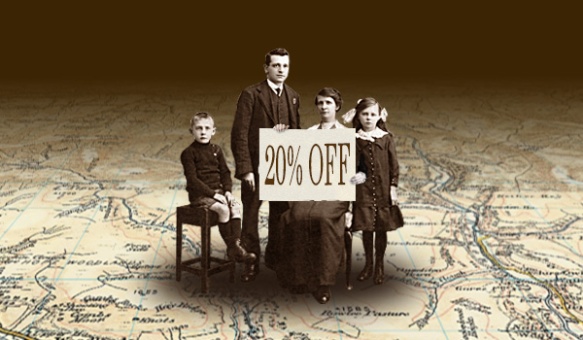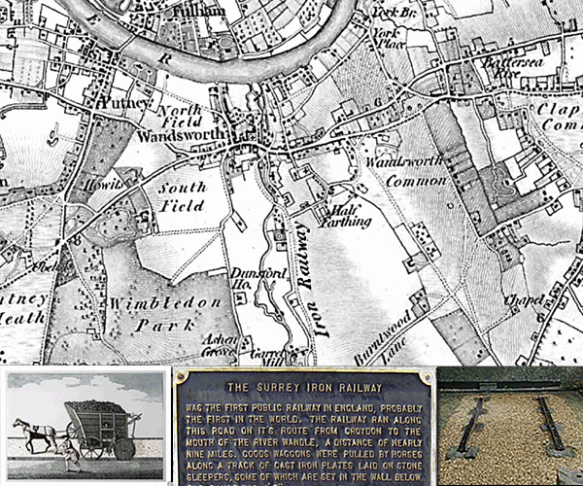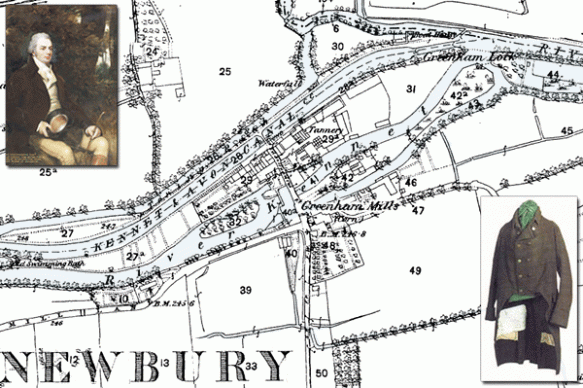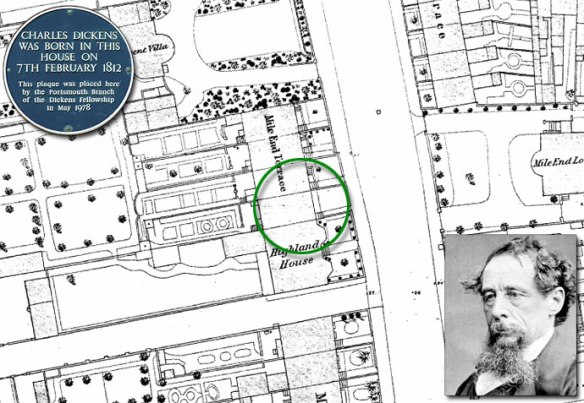
Shakespear’s birthplace, Henley Street. (MAP: 1886 – Town Plan, Scale: 1:500)
Shakespeare’s Birthplace is a 16th-century half-timbered house situated in Henley Street, Stratford-upon-Avon, Warwickshire, where it is believed that William Shakespeare was born in 1564 and spent his childhood years. Shakespeare is also known to have spent the first five years of married life in this house with his new wife, Anne Hathaway.
The house itself is relatively simple, but for the late 16th century it would have been considered quite a substantial dwelling. John Shakespeare, William’s father, was a glove maker and wool dealer, and the house was originally divided in two parts to allow him to carry out his business from the same premises.
The building is typical of the times and was constructed in wattle and daub around a wooden frame. Local oak from the Forest of Arden and blue-grey stone from Wilmcote were used in its construction, while the large fireplaces were made from an unusual combination of early brick and stone, and the ground-floor level has stone-flagged floors.
The plan of the building was originally a simple rectangle. From north-west to south-east, the ground-floor consisted of a parlour with fireplace, an adjoining hall with a large open hearth, a cross passage, and finally a room which probably served as John Shakespeare’s workshop. A separate single-bay house, now known as Joan Hart’s Cottage, was later built onto the north-west end of the house, and the present kitchen was added at the rear with a chamber above it.
The ownership of the premises passed to William on John Shakespeare’s death.
William already owned his own property in Stratford and had no need for the Henley Street premises as a home for himself or his family. Consequently, the main house was leased to Lewis Hiccox, who converted it into an inn known as the Maidenhead (later the Swan and Maidenhead Inn).
Under the terms of Shakespeare’s will, the ownership of the whole property (the inn and Joan Hart’s cottage) passed to his elder daughter, Susanna, upon his death.
In 1649 it passed to her only child, Elizabeth, and then in 1670 to Thomas Hart. Hart was the descendant of Shakespeare’s sister, Joan, whose family had continued as tenants of the smaller house after her death in 1646. The entire property remained in the ownership of the Harts until 1806.
Find out about the history of your area. Visit Cassini Maps










